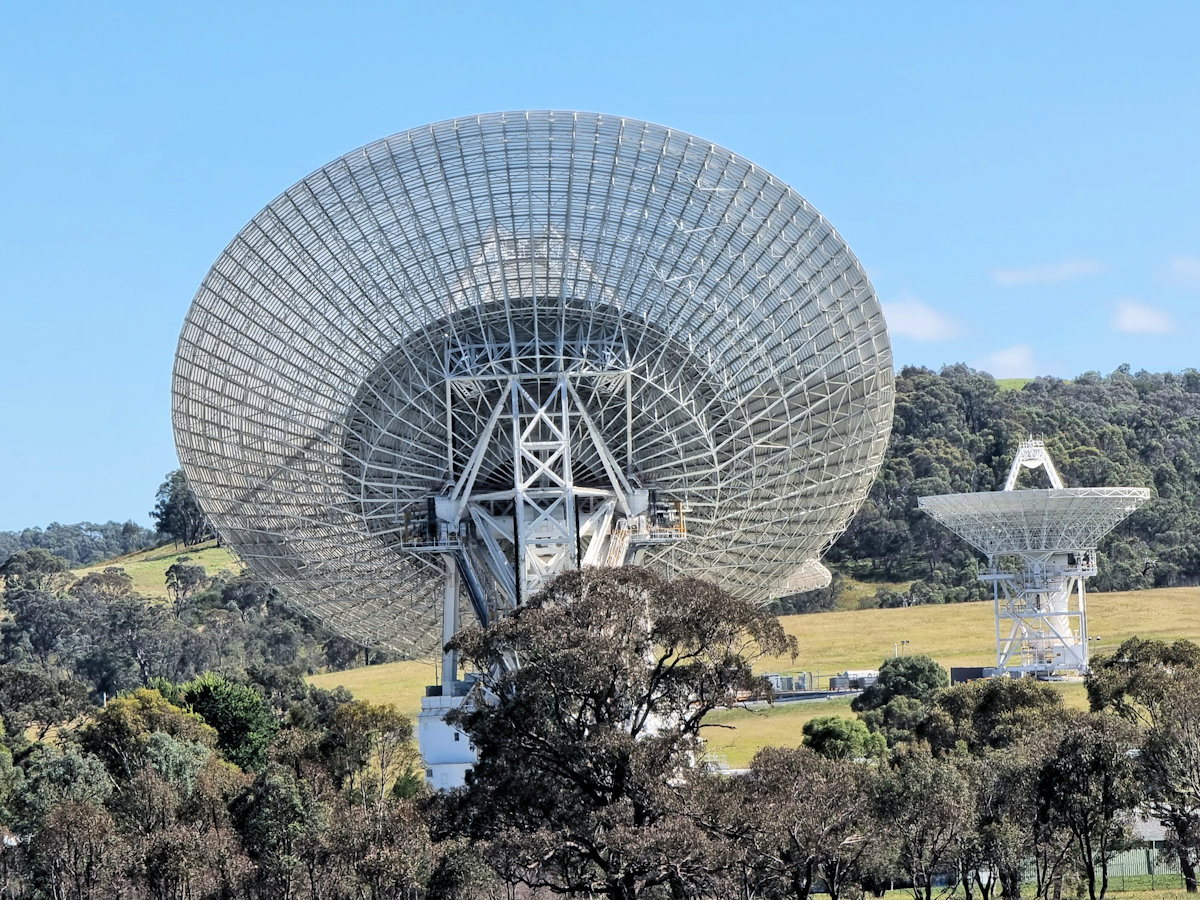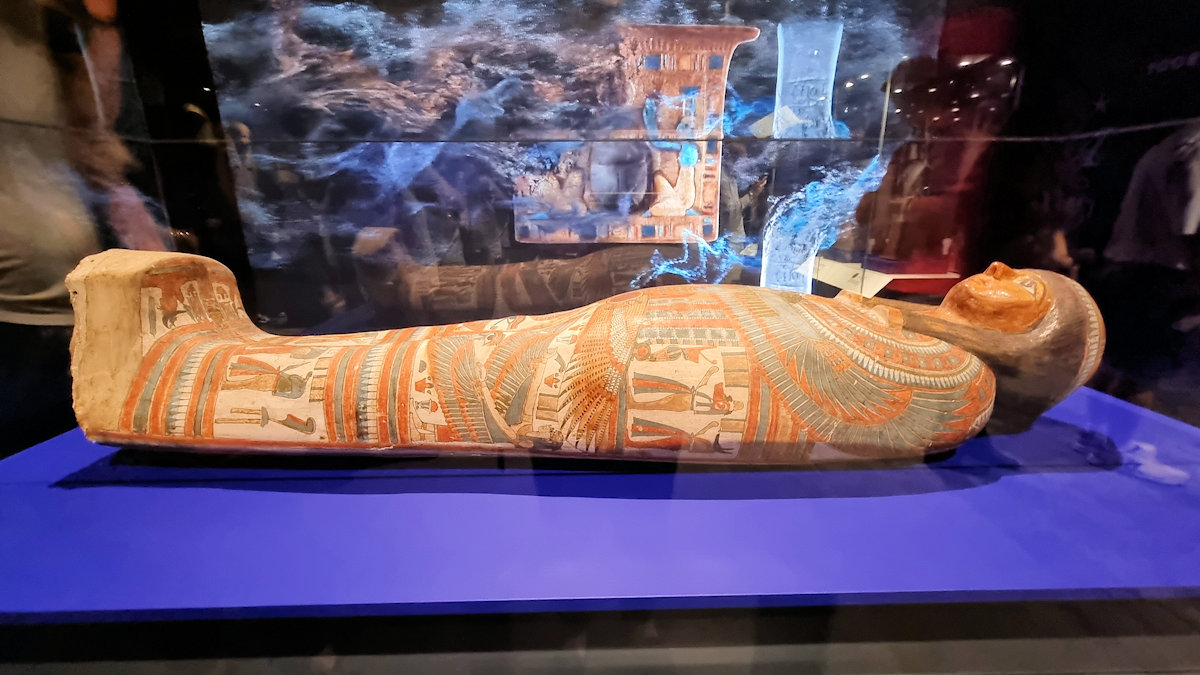Category: Building
Building
-
Mount Stromlo Observatory Canberra

Mount Stromlo Observatory Canberra Devastated by a severe bushfire in 2003, the Mount Stromlo Observatory no longer undertakes active astronomical observations. Instead, it has become the headquarters of the ANU (Australian National University) Research School of Astronomy and Astrophysics. Despite the destruction caused by the bushfire, the ruins of the observatory domes are worth visiting.… Read more
-
Canberra Deep Space Communication Complex

Canberra Deep Space Communication Complex Located a 40-minute drive from the centre of Canberra, ACT Australia, the Canberra Deep Space Communication Complex (CDSCC) is an important part of NASA’s tracking network. Construction at the site in the Tidbinbilla Valley commenced in June 1963 and operations started in December 1964. Chosen due to it’s proximity to… Read more
-
Discover Ancient Egypt in Canberra

Discover Ancient Egypt At The National Museum of Australia in Canberra On display until 8 September 2024 at the National Museum of Australia in Canberra, Discover Ancient Egypt displays fascinating artifacts from the Dutch National Museum of Antiquities (Rijksmuseum van Oudheden). What’s on Display Entering the museum, you are greeting by a statue of Anubis,… Read more